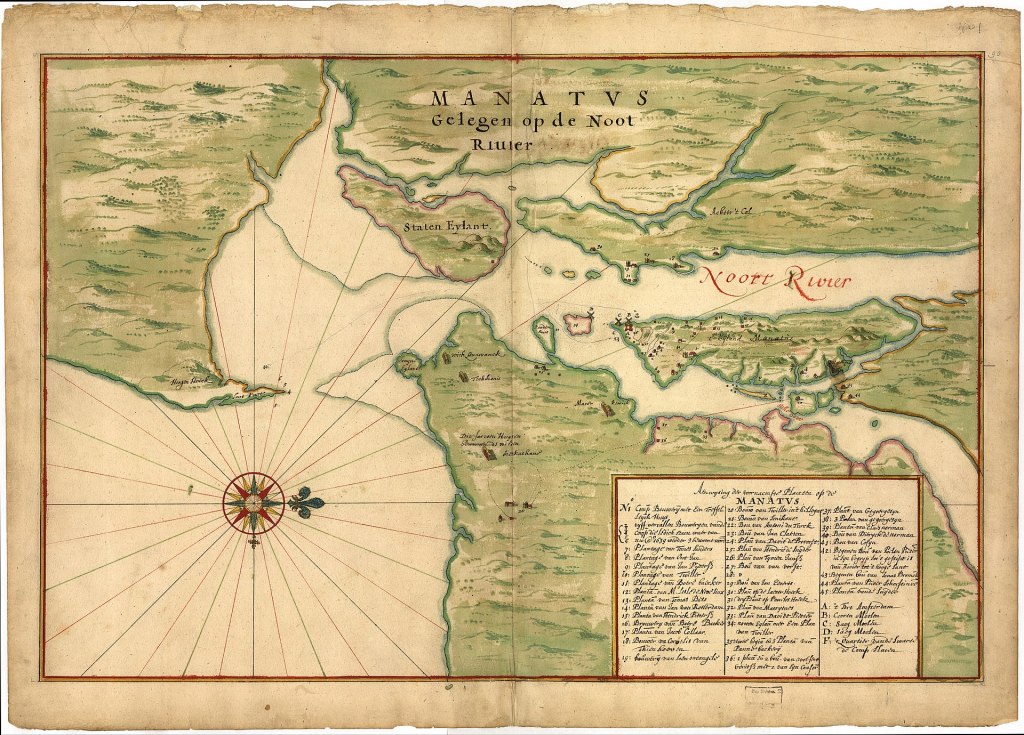Manhattan is a corruption of the Native American word Mannahatta; Staten Island derives from Staaten Eylandt, named by the Dutch. Brooklyn is the anglicization of the Dutch village of Breukelen, and Queens comes from English Queen Catherine of Braganza, who happened to be on the throne in the 1680s, when England was divvying up the former New Netherland.
But the origin of the name for New York City’s northernmost borough, the Bronx? That’s a longer story of an immigrant and his prosperous farm in the wilderness of the New World.
It all starts in 17th century Europe with a man named Jonas Bronck. The consensus seems to be that Bronck was Danish, though some historians believe he was from Sweden. Others contend he was from a Dutch Mennonite family driven to Denmark by religious persecution.

Whatever his native country was, Bronck made his way to Holland. With his wife and a group of other immigrants, he boarded a ship to New Amsterdam in 1639. “The ship also carried implements and cattle for commencing a plantation on a large scale,” states the 1916 text Scandinavian Immigrants in New York, 1630-1674.
Upon arrival, Bronck purchased 500 acres from local Native Americans (or from Dutch leaders; sources differ) in today’s Morrisania or Mott Haven neighborhood, on the other side of the Harlem River. He cleared the land and built a stone house “covered with tiles,” a barn, several tobacco houses, and barracks for his servants, per Scandinavian Immigrants in New York.

“The purchase price was two guns, two kettles, two adzes [a tool similar to an axe], two shirts, a barrel of cider, and six coins,” states a New Yorker piece from 1939. “His house stood where the N.Y. Central 138th St. station is now, just north of Harlem River.”
In sparsely settled New Netherland, Bronck grew tobacco, wheat, and corn. He also raised cattle and hogs, in “numbers unknown running in the woods,” according to a 1903 edition of the Journal of the New York Botanical Garden.
His farm must have been a success. The Broncks furnished their house with fine bed linens, table cloths, alabaster plates, silverware, and a library of religious and historical books in both Danish and German. It was inside this finely furnished house in 1642 where a peace treaty was signed between Native Americans and Dutch colonists (which didn’t last very long, needless to say).
Bronck’s time in his namesake borough was short. He died in 1643, and his wife quickly remarried and moved upstate. Despite his demise, the land where he built his farm was already known as Bronck’s Land, and the river north of his property was referred to as the Broncks’ River.
Eventually, the entire borough—annexed into the city of New York in stages in the 19th century—became the Bronx at the time of consolidation in 1898. What’s with “the” in the borough’s name? “The” is a simply a holdover from when Broncks meant the river.
[Top image: MCNY, F2011.33.687; second image: Library of Congress via Wikipedia; third image: University of Michigan Library Digital Collections; fourth image: Wikipedia; fifth image: NYPL]




